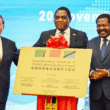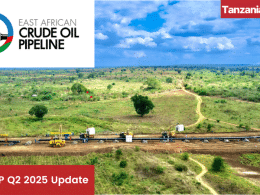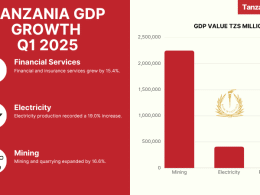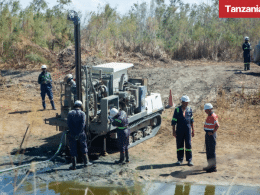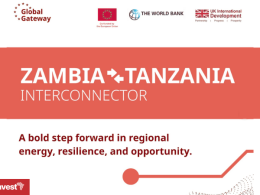Despite a comprehensive enabling environment, a number of barriers still limit minigrid development in Tanzania, the World Bank indicates in its recent report titled “Regulatory Indicators For Sustainable Energy (RISE)”.
The mentioned barriers include high interest rates loans from commercial banks, and lack of clarity about ownership of land and water rights for energy producers.
Access to finance for both debt and equity capital remains critical, as minigrid developers must demonstrate commercial viability of their system. Human capital and technical capacity are scarce. Market data is virtually nonexistent.
The report recalls that minigrids in Tanzania are primarily used by faith-based and other nonprofit organizations and that on the commercial side, only five small power producers are in operation, though a dozen are in preparation.
Tanzania’s rural electrification investment prospectus estimates that about half the rural population could be served more cost-effectively by minigrids and off-grid options than by the centralized grid.
The construction of the minigrid regulatory framework started with the National Energy Policy and the Energy and Water Utilities Regulatory Authority Act in 2003, the Rural Energy Act in 2005, and the Electricity Act in 2008.
In October 2007 the Rural Energy Agency (REA) became operational to promote and facilitate improved access to modern energy services in rural areas of mainland Tanzania.
On 20th June 2016 the World Bank approved the Tanzania Rural Electrification Expansion Project.
On August 2016, the International Finance Corporation (IFC), a member of the World Bank Group (WBG), announced the launch of a web portal designed to speed the development of mini grids in Tanzania.



